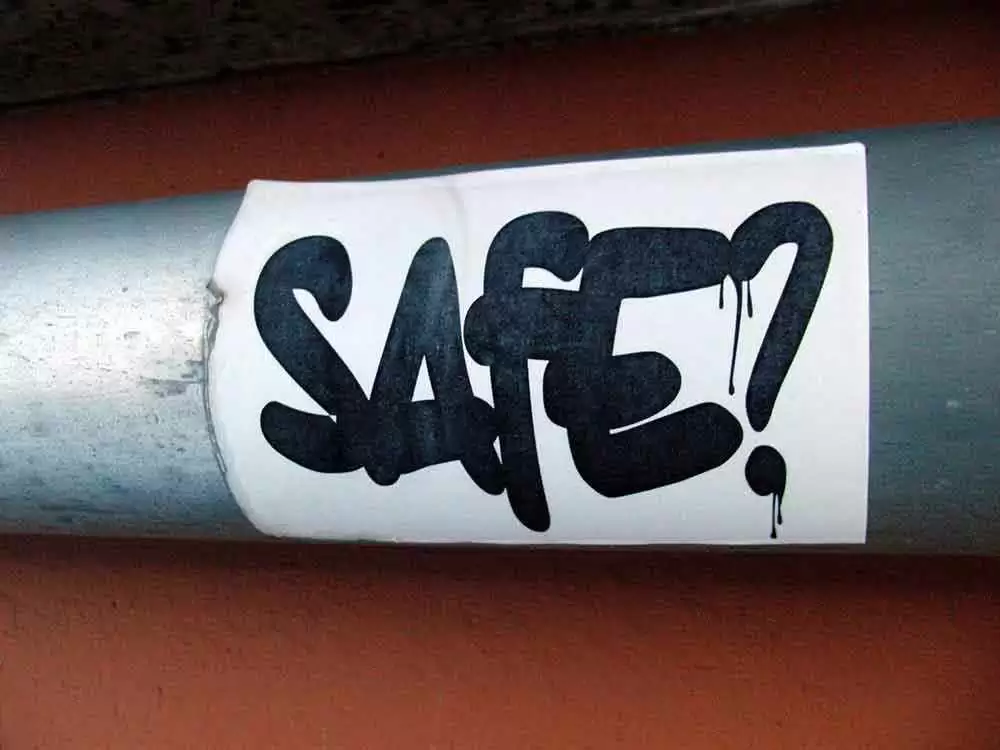Celiac.com 10/20/2025 - Children who live with celiac disease must avoid all sources of gluten in order to stay healthy. This is not a simple task, as gluten can appear in many foods and environments. While families try their best to follow a gluten-free diet, it can be very difficult to know exactly when and how gluten exposure may be happening. A recent study set out to solve this challenge by creating and testing a tool that helps families and doctors identify risks of gluten exposure in children. This tool is called the Gluten Exposure Risk Assessment.
Why This Study Was Needed
For children with celiac disease, the only treatment is to avoid gluten completely. This means that every meal, snack, and even cooking surface must be free from contamination. Parents often worry about hidden gluten at restaurants, at school, during playdates, and even within their own homes. While families work very hard to keep their children safe, doctors have lacked a clear and reliable way to measure how often gluten exposure may be happening. Without such a tool, it has been difficult to know which families need more guidance or what specific areas of risk should be addressed. This study aimed to create a straightforward, science-based method to evaluate those risks.
How the Tool Was Created
Celiac.com Sponsor (A12):
The research team designed the Gluten Exposure Risk Assessment through a careful three-step process. First, they gathered ideas from experts using what is known as a Delphi method. This is a way of collecting and refining knowledge by asking many experts for feedback over several rounds until they reach agreement. From this process, they developed a list of possible questions that might help uncover where gluten exposure could happen.
Next, the team tested these questions with parents and caregivers of children who had celiac disease. These families were from twelve different pediatric centers, which gave the researchers a wide variety of experiences to study. The early version of the tool included dozens of questions across several possible areas of risk, such as home, school, social events, and eating out.
Finally, the researchers used statistical methods to reduce and refine the list to the most important and reliable items. This process ensured that the final tool would be practical, easy to use, and scientifically valid.
What the Tool Looks Like
The finished Gluten Exposure Risk Assessment includes one simple screening question and nine additional items. These questions are grouped into two main categories: risks that occur at home and risks that occur outside of the home. For example, questions may touch on whether gluten-free foods are prepared in the same space as gluten foods at home, or whether a child may be exposed while eating at school or in restaurants.
The final version was tested with nearly five hundred caregivers and then confirmed with another group of more than three hundred caregivers. The results showed that the tool works consistently, is easy for families to complete, and accurately measures the likelihood of gluten exposure.
What the Results Mean
The study showed that the Gluten Exposure Risk Assessment is both valid and reliable. This means it can be trusted as a scientific tool to screen for gluten exposure risks in children and teenagers with celiac disease. Because it is filled out by caregivers, it allows families to reflect on their daily routines and identify possible hidden sources of gluten that they might not have thought about before. Doctors can also use the results to guide conversations, offer advice, and provide support to reduce these risks.
How This Helps Families Living with Celiac Disease
Families of children with celiac disease often live with constant worry about gluten exposure. Even small mistakes can lead to painful symptoms and long-term health issues. Having a structured tool helps parents and doctors work together more effectively. It gives families a way to better understand where problems might arise and to create strategies for keeping their children safe.
For example, if the tool shows that a child is often exposed when eating at restaurants, the doctor can help the family learn better ways to communicate with restaurant staff or suggest safer dining options. If the risk is mainly at home, the family may need to rethink how food is stored or how meals are prepared. By making these risks more visible, the Gluten Exposure Risk Assessment helps families take action before problems occur.
Conclusion: Why This Study Matters
The development of the Gluten Exposure Risk Assessment is an important step forward in managing celiac disease in children. It transforms a complex and often invisible challenge into something that can be measured and addressed. For families, it means fewer surprises and more confidence in keeping their children healthy. For doctors, it offers a clear way to identify risks and provide targeted support. Most importantly, for children with celiac disease, this tool represents hope for a safer, healthier future where they can grow and thrive without the constant threat of hidden gluten exposure.
Read more at: journals.lww.com








Recommended Comments
There are no comments to display.
Create an account or sign in to comment
You need to be a member in order to leave a comment
Create an account
Sign up for a new account in our community. It's easy!
Register a new accountSign in
Already have an account? Sign in here.
Sign In Now